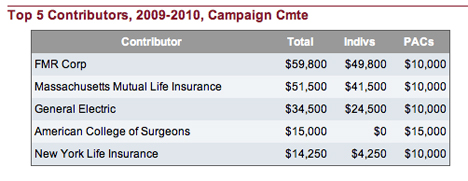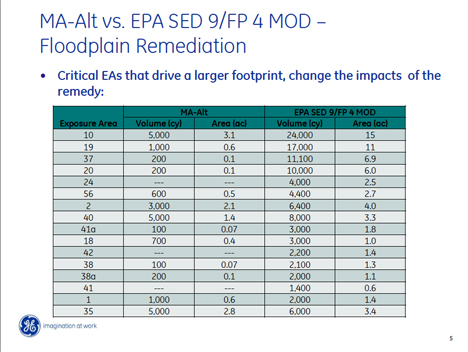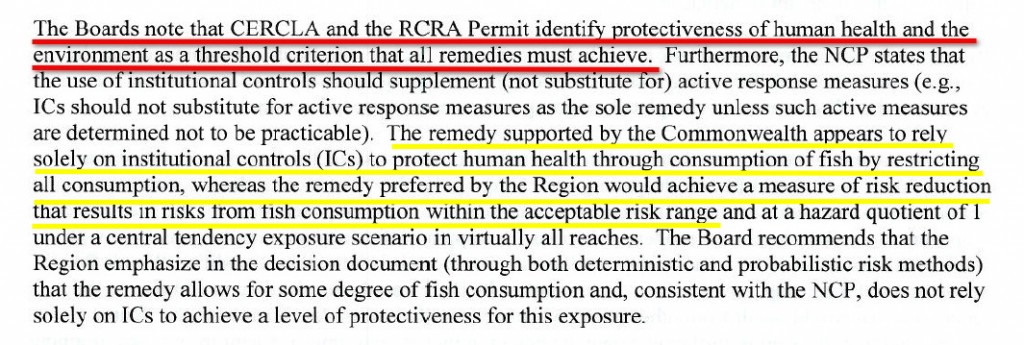October 2, 2012
By Mickey Friedman
A loyal reader admonished me recently: “You haven’t written about the River in a while!”
Sometimes thinking about the thirty year fight for a PCB cleanup makes me want to go to sleep for a very long time.
The story of GE and PCBs is a story about how hard it’s been to wrench the truth from those who’ve always known the true costs of PCBs. The billions made versus the uncounted costs to human and environmental health: the years the workers have lost; the healthcare costs: and the toll its taken on our waterfowl, the fish.
We worked hard to find where they dumped the PCB waste. A children’s park here; an elementary school there. Landfill by landfill, backyard by backyard. The State argued with us. The Mayor attacked us. But workers, enviromentalists, and neighbors made the GE Housatonic River site a national battleground for a comprehensive cleanup.
The current EPA team has been here a long time. They’ve come to know this River and to care for it. Their commitment is professional and powerful. Their science is comprehensive and persuasive.
As much as GE would love to convince you that the PCBs congregate in clearly designated hotspots, they continue to move. As much as GE would love to convince you they fade away, the PCBs are persistent and everywhere in the River and its banks.
The science is there for all to see. Sometimes issues like Citizens United and corporate campaign contributions seem so abstract. But follow the money. Right here where our River flows. Because now GE is calling in its favors. The $35,500 GE gave to Congressman Rep. Neal in 2010 and the $10,000 he got in 2012; the $30,000 GE gave to Senator Scott Brown; and the $55,000 GE gave to President Barack Obama. The money GE spent buying former environmental regulators like Bob Durand. Watch as the politicians pressure EPA to betray the science.
They have forced the EPA to waste precious months negotiating with Deval Patrick’s faux regulators. The regulators who parrot GE’s nonsense that a comprehensive cleanup will do more harm than good. Who want warning signs instead of poison-free river banks and fish we can eat. The same Deval Patrick who’ll give away our precious mountains for GE’s industrial turbines and an unreliable dribble of electricity we don’t really need.
Now, these same politicos have pressured the EPA to compromise once again with GE before it makes its cleanup decisions.
Thankfully, all EPA cleanup decisions must be reviewed by a team of national EPA experts. In an October 2011 letter few people seem to have read, that EPA National Remedy Review Board (NRRB) cautions our Region One EPA administrators not to accept some of the compromises Deval Patrick’s people are embracing. A half-hearted cleanup that will leave unnaceptably high levels of PCBs in the riverbanks and in the fish. (http://www.epa.gov/region1/ge/thesite/restofriver/reports/519404.pdf)
Amy Legere of the NRRB reminds Region One that the federal legislation that governs this cleanup “identify protectiveness of human health and the environment as the threshold criterion that all remedies must achieve.”
Legere writes: “The Boards recommend that, since, for example, the Region plans to leave soils with PCB contamination in excess of 50 parts per million (ppm), the Superfund program closely coordinate with the Region’s Toxic Substances Control Act program to ensure that the remedy meets the requirements of 40 CFR 76.61 (c).” (http://cfr.vlex.com/vid/761-61-pcb-remediation-waste-19832695)
This is the section of federal law governing PCB cleanups.
The State’s proposed compromise would leave PCBs at levels above 800 parts per million in floodplain soils. The Board wonders why these contaminated soils would not be considered “principal threat waste,” and reminds Region One that EPA’s own guidelines prefer “treatment to the maximum extent practicable.” Legere reminds Region One that EPA’s own directive considers soils at levels above 100 ppm to be principal threat waste.
It seems clear the Board is asking Region One to more definitively demonstrate that its dredging and capping plan will result in a cleanup that is truly protective of human health.
Legere writes: “Based on the information presented, the Boards believe that the proposed cleanup at this site would leave large quantities of PCBs in floodplain soils. In the future EPA may determine that leaving this remaining waste on site is not protective of public health and the environment. Therefore, the Boards recommend that the Region consider including a contingency remedy (e.g. pursuing other response actions in an adaptive framework) in the decision documents that would describe a cleanup approach resulting in more reduction through additional floodplain soil source removal or other active remediation alternatives.”
Legere also calls for pilot testing the cap that will sit at the bottom of the river to ensure it works.
For those of us who have fought so hard for a comprehensive cleanup, it’s great to know it ain’t over till it’s over.




